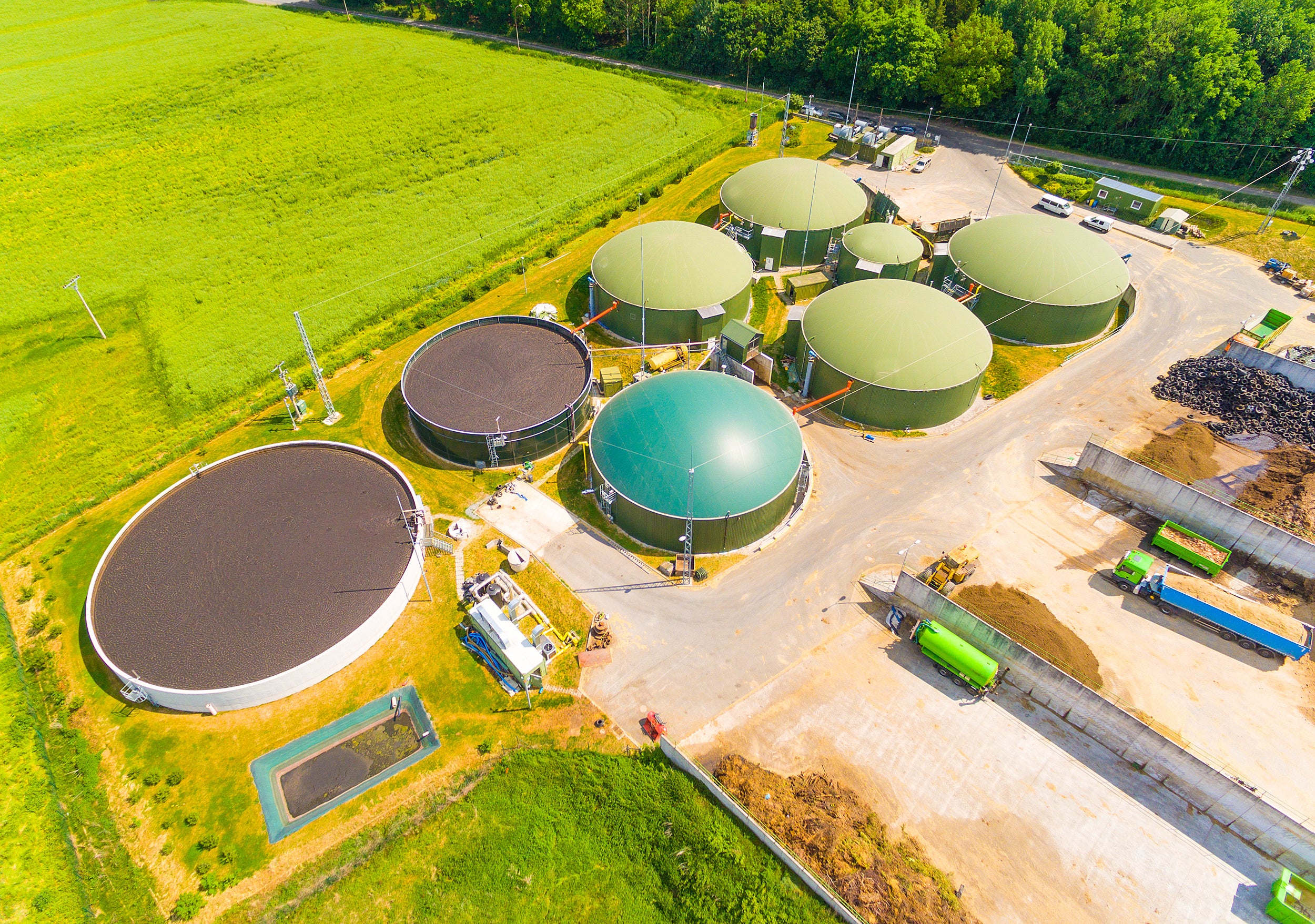Balancing Energy Demand and Sustainability with Natural Gas
By: SmallBizClub

Natural gas plays a significant role in the global energy landscape, serving as both a major energy source and a factor in sustainability discussions. It provides critical energy for electricity generation, heating, and industrial use while sparking debates about its environmental impact and long-term viability in a decarbonizing world. Read on to understand how balancing energy demand and sustainability represents the future of natural gas use.
What is Natural Gas and Why is it Important?
What is natural gas? Natural gas is a naturally occurring hydrocarbon gas mixture primarily composed of methane (CH4), along with smaller amounts of ethane, propane, butane, and other hydrocarbons. It is a versatile and widely used energy source due to its high energy density and lower carbon emissions compared to coal and oil.
Key roles of natural gas in the energy mix include:
- Electricity Generation: Often used in power plants for base and peak load generation.
- Heating: A primary source for residential and commercial heating.
- Industrial Use: Fuel for processes such as glassmaking, food processing, and steel production.
How is Natural Gas Extracted and Processed?
The extraction and processing of natural gas involve several critical stages:
- Exploration: Geologists identify potential underground reservoirs of natural gas using seismic surveys and geological data.
- Drilling and Extraction: Wells are drilled to access the gas, often requiring hydraulic fracturing (fracking) for unconventional reserves.
- Processing and Refining: Impurities such as water vapor, sulfur compounds, and non-methane hydrocarbons are removed to meet market standards.
- Transportation and Storage: Processed natural gas is transported via pipelines or as liquefied natural gas (LNG) and stored in underground facilities or LNG terminals.
What Are the Current Global Trends in Natural Gas Consumption?
Key trends and statistics in global natural gas consumption include:
- Growing Demand: Global consumption has increased, driven by electricity generation and industrial use.
- Regional Variations: The U.S., Russia, and China are among the largest consumers and producers.
- Shift Toward LNG: LNG trade is expanding, allowing gas to be transported to regions without pipeline access.
What Are the Environmental Impacts of Natural Gas?
Is Natural Gas a Cleaner Fossil Fuel?
Natural gas is often considered a cleaner fossil fuel due to its lower carbon dioxide emissions per unit of energy compared to coal and oil. However, methane, the primary component, is a potent greenhouse gas, raising concerns over leakages during extraction and transportation.
What Are the Main Environmental Concerns Linked to Natural Gas?
Key environmental concerns include:
- Methane Leakage: Unintentional emissions during extraction and transport.
- Water Contamination: Risks from hydraulic fracturing processes.
- Habitat Disruption: Land use changes and ecosystem impacts.
Can Natural Gas Be Part of a Sustainable Energy Future?
The debate around natural gas as a “bridge fuel” focuses on its ability to provide reliable energy while cleaner technologies scale up. Proponents argue it offers a lower-carbon alternative to coal, while critics emphasize its contribution to long-term emissions and methane risks.
How Is Natural Gas Supporting Renewable Energy Integration?
Natural gas can complement intermittent renewable sources like solar and wind power. Its ability to provide flexible, dispatchable power makes it useful for:
- Capacity Balancing: Meeting demand during low solar or wind generation periods.
- Peak Load Management: Providing energy during high-demand periods.
What Technologies Are Making Natural Gas More Sustainable?
Technological advancements are helping reduce the environmental footprint of natural gas use:
- Carbon Capture and Storage (CCS): Captures CO2 emissions for long-term underground storage.
- Renewable Natural Gas (RNG): Biogas upgraded to pipeline-quality natural gas.
- Methane Leak Detection and Prevention: Advanced monitoring systems to reduce emissions.
What Are the Economic Implications of Natural Gas Use?
How Does Natural Gas Impact Energy Prices?
Natural gas prices are influenced by factors such as global supply and demand, geopolitical stability, and infrastructure investments. While often providing price stability, market volatility can occur during supply disruptions.
What Are the Economic Benefits of Natural Gas Infrastructure?
Key benefits include:
- Job Creation: Employment opportunities in exploration, drilling, processing, and distribution.
- Economic Growth: Boosts to local economies in resource-rich regions through investment and tax revenues.
What Are the Risks and Challenges in Expanding Natural Gas Use?
Challenges associated with expanding natural gas infrastructure include:
- Infrastructure Costs: High capital investment in pipelines, LNG terminals, and storage facilities.
- Geopolitical Dependencies: Reliance on foreign suppliers can create vulnerabilities.
- Environmental Risks: Potential methane leaks and ecological disruption.
What Are the Alternatives to Natural Gas?
Several alternative energy sources can help reduce reliance on natural gas:
- Solar Power: Clean, renewable, but intermittent.
- Wind Energy: Low emissions, but location-dependent.
- Hydropower: Reliable but limited by geographical constraints.
- Nuclear Energy: Low carbon but with safety and waste management challenges.
What Policies Can Ensure Sustainable Natural Gas Use?
Government policies play a critical role in managing natural gas sustainability. Key strategies include:
- Methane Emissions Regulation: Strict rules to minimize methane leaks.
- Incentives for Carbon Capture: Financial support for CCS projects.
- International Cooperation: Cross-border agreements on sustainable practices.
What Is the Future of Natural Gas in a Decarbonizing World?
The future of natural gas depends on balancing energy security with climate goals. Projections suggest:
- Demand Reduction: As renewables expand, natural gas demand may plateau or decline.
- Phase-Out Scenarios: Some regions may phase out gas in favor of renewables and storage technologies.
- Adaptation: Cleaner technologies like CCS and RNG could allow continued but limited use.
Conclusion
Natural gas remains a critical part of the global energy mix, balancing energy security with sustainability concerns. While it offers lower emissions than coal, methane leakage and extraction impacts remain challenges. Moving forward, innovation, policy support, and the development of cleaner technologies will be essential to ensure a sustainable energy future.
756 Views












